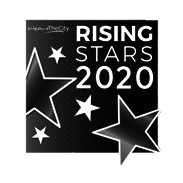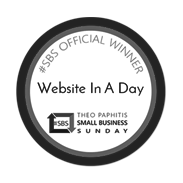In today’s digital landscape, websites are more than just online brochures; they’re dynamic gateways to information, services, and communities. However, the digital divide becomes starkly evident when these gateways aren’t accessible to everyone. Website accessibility isn’t merely a buzzword—it’s the cornerstone of inclusive design, ensuring that individuals with disabilities can navigate, understand, and interact with the web effectively.
Imagine the internet as a vast library of endless knowledge and connections. For many, accessing this library is as simple as opening a door. Yet, for others, due to various barriers, this door seems to remain stubbornly closed. It’s here that the mission of website accessibility comes to light, striving to unlock every door and make the web a welcoming place for all.
Accessibility goes beyond mere good intentions; it’s about broadening your reach and enhancing the overall user experience. It benefits not just individuals with disabilities but also those using mobile devices, older populations, and even users in less-than-ideal browsing situations. Implementing accessibility standards opens your digital presence to a wider audience and, in doing so, amplifies the impact of your content and services.
Foundational Steps Toward Accessibility
1. Semantic HTML: Utilising semantic HTML elements improves the structure of your web content, making it more navigable for screen readers and assistive technologies.
2. Colour Contrast: Ensuring that text contrasts significantly with its background enhances readability for users with visual impairments.
3. Keyboard Navigation: Designing your site for keyboard-only navigation accommodates users who cannot use a mouse.
4. Alt Text for Images: Providing descriptive alt text for images ensures that users who can’t see them still understand their context and content.
5. Accessible Forms: Clearly labeling form elements makes your site more navigable and understandable, enhancing the experience for all users.
CeCe’s Commitment to Accessibility
At CeCe, we recognise the importance of making the web accessible to everyone. That’s why we’ve taken a significant step forward by including an accessibility plugin as standard on every website we build. This plugin not only aids in meeting legal and ethical standards but also represents our commitment to inclusivity and our belief in providing a seamless, enjoyable web experience for all users.
This tool is designed to address common accessibility issues, providing features such as screen reader optimisation, keyboard navigation enhancements, and customisable visual options for users with different needs. It’s a testament to our dedication to breaking down digital barriers and creating a more inclusive online environment.
Why Accessibility Matters
Emphasising website accessibility is not just about adhering to standards or avoiding legal challenges; it’s a reflection of our recognition of the diverse needs of web users. It’s about ensuring that everyone has equal access to information, services, and opportunities online. By prioritising accessibility, we’re not just opening doors—we’re dismantling walls, fostering a digital world where inclusivity isn’t an afterthought but a foundational principle.
As we continue to build and innovate in the digital space, let’s carry forward the mission of accessibility. Let’s create web experiences that are not just usable but welcoming to all, demonstrating the true potential of the internet as a space for everyone. Through efforts like CeCe’s standard inclusion of accessibility plugins, we take meaningful steps towards a more inclusive digital future.
Together, we can ensure that the web remains a vibrant, accessible platform for exploration, learning, and connection. Join us in embracing the power of accessibility and open the doors to a more inclusive internet today.














